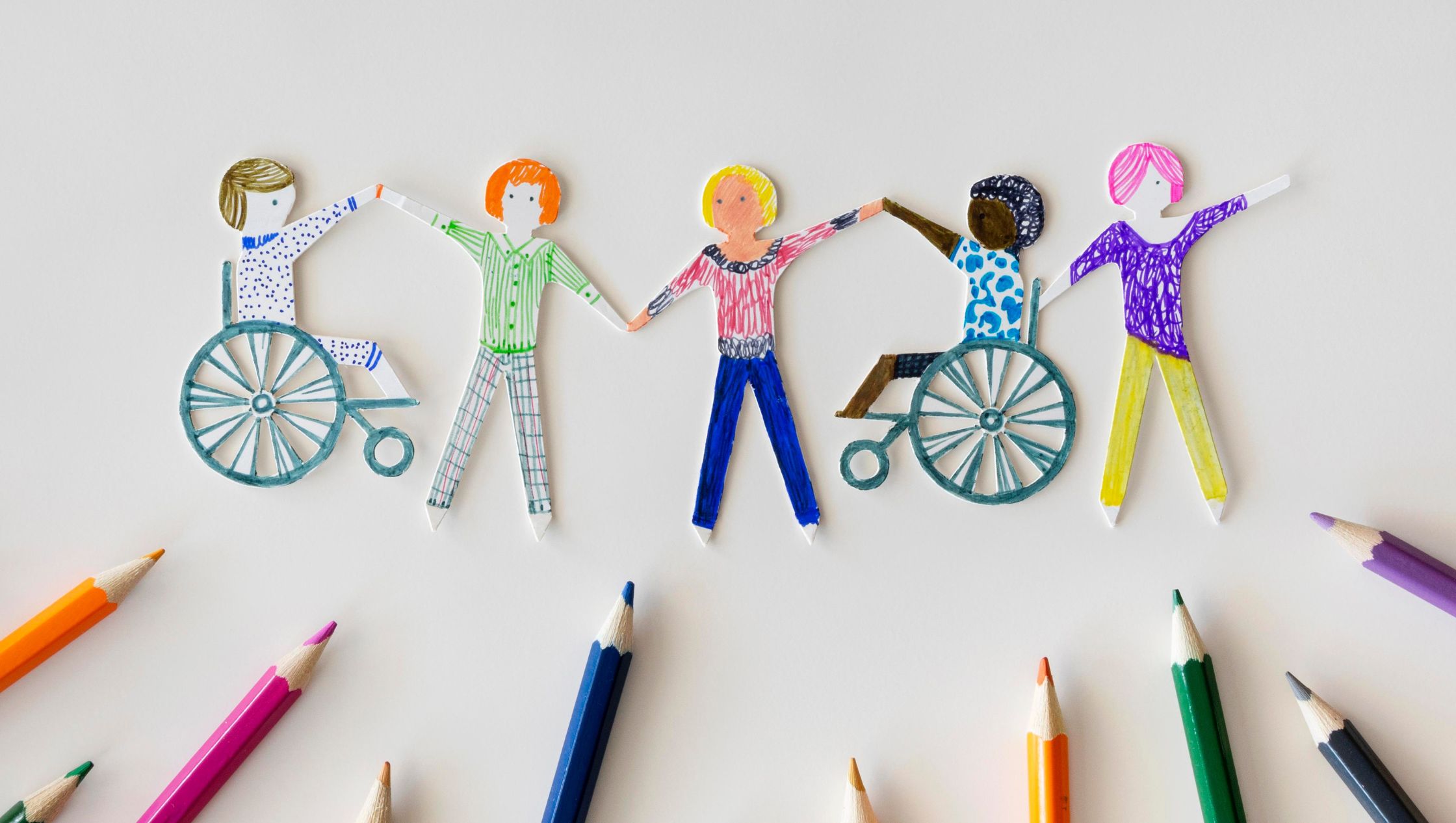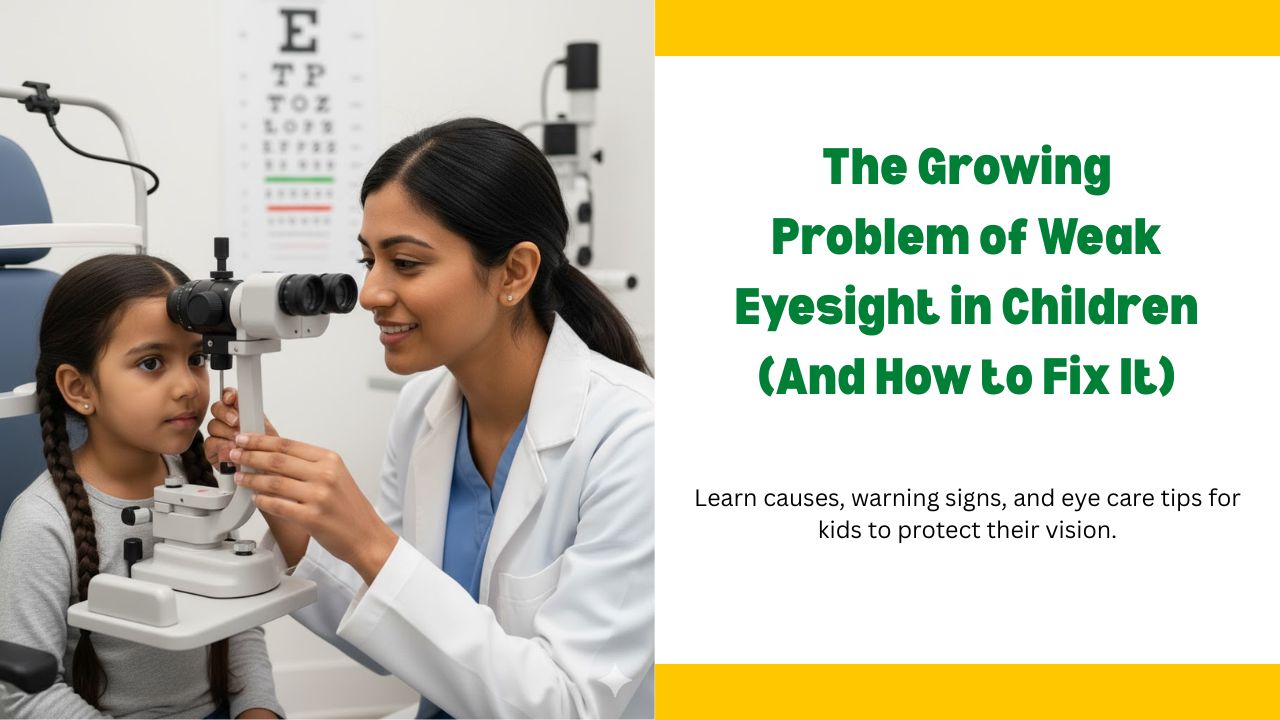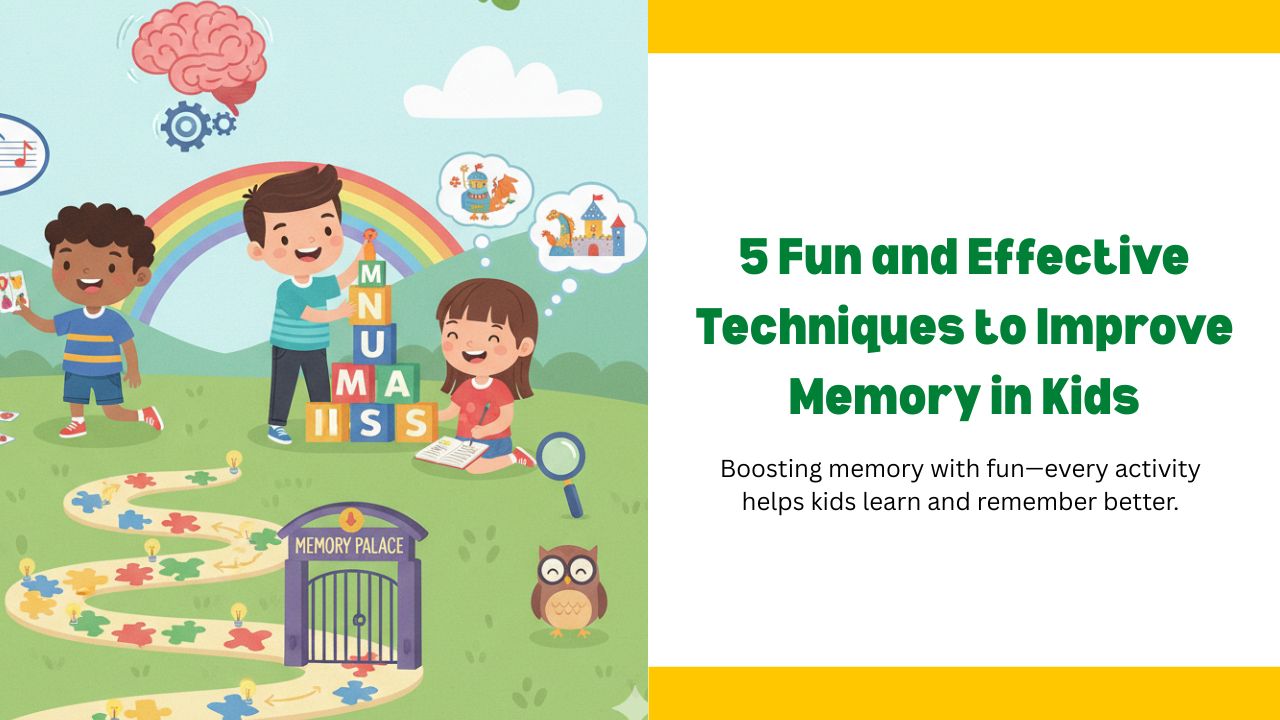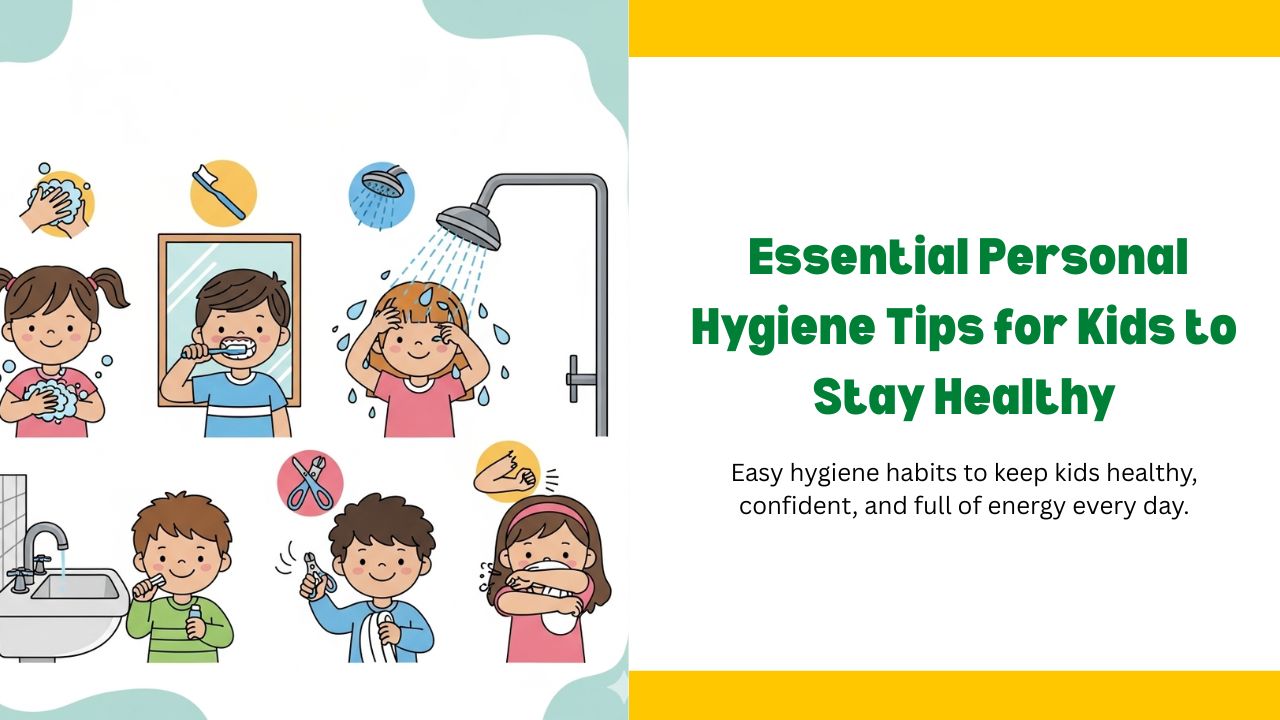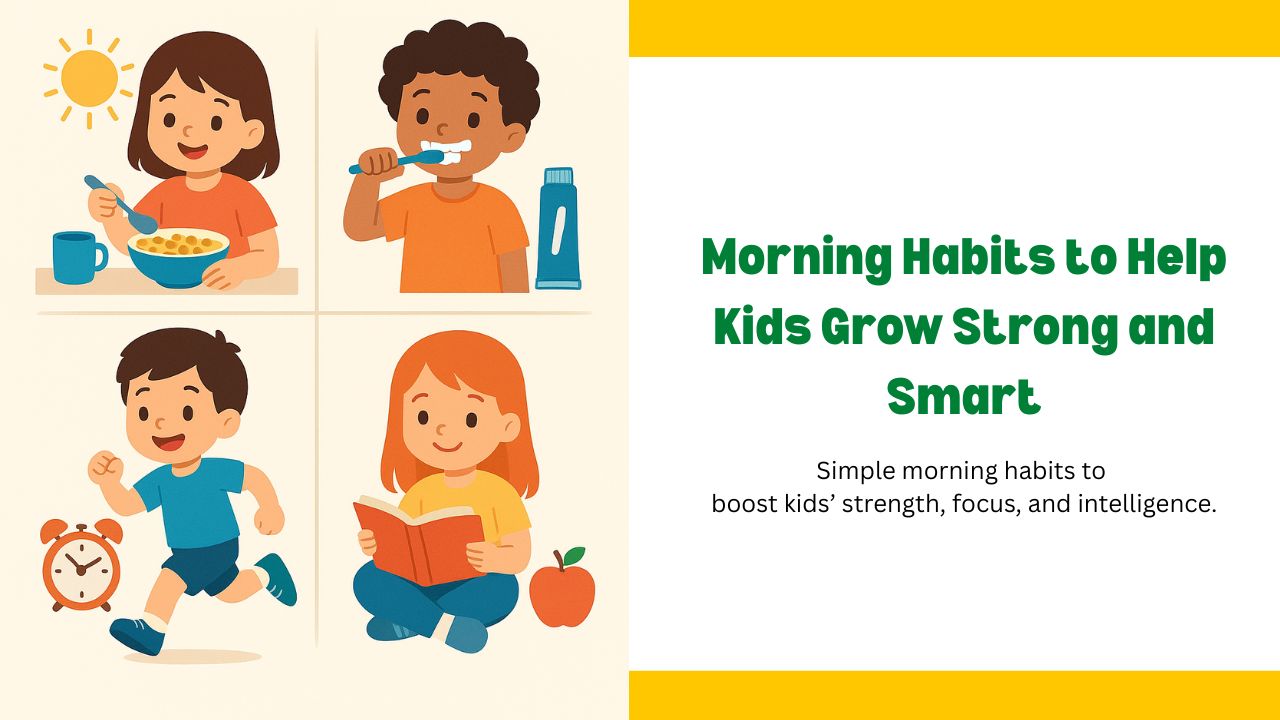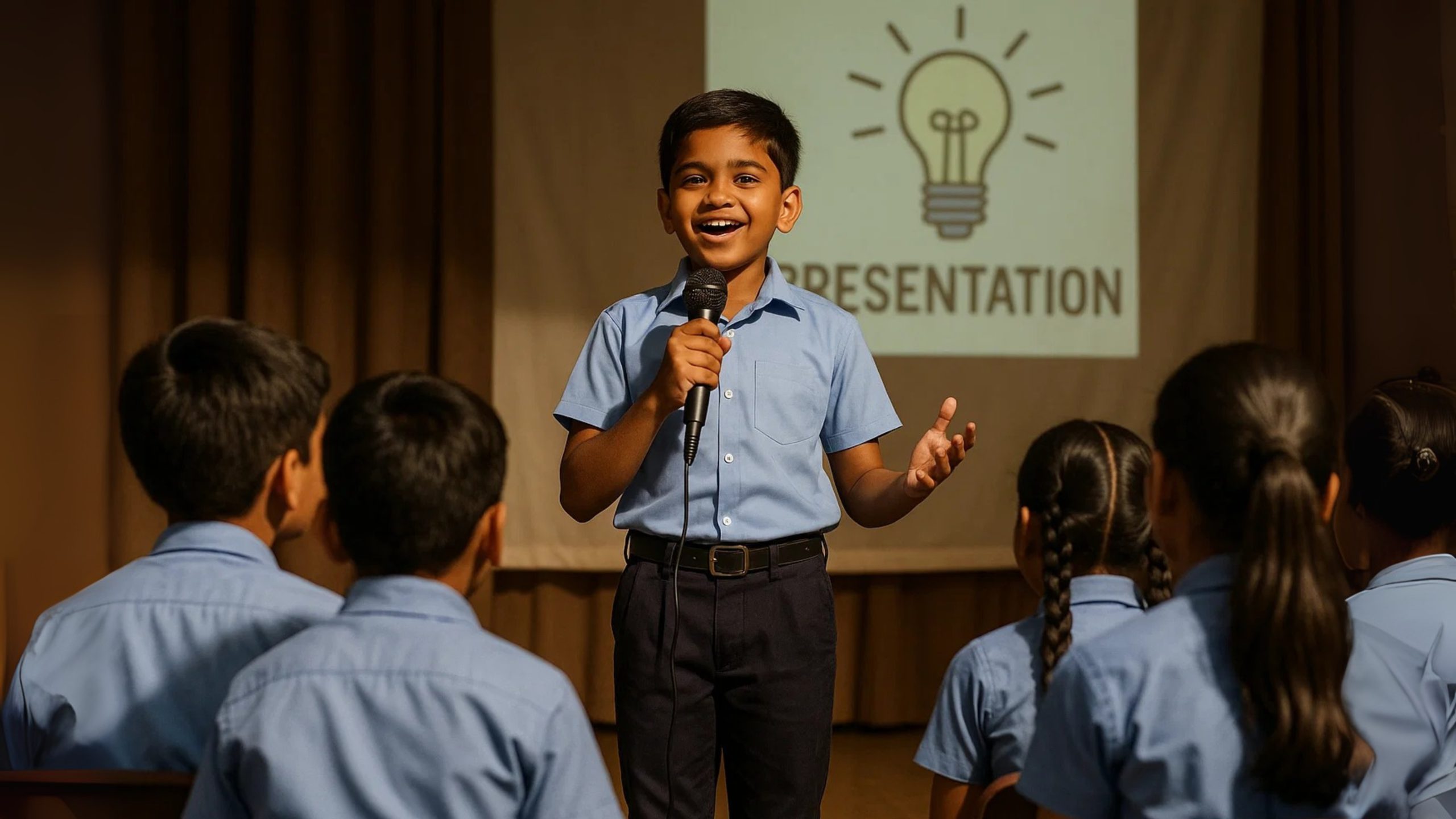Techniques To Help Students With Learning Disabilities
Every student deserves an opportunity to learn and grow academically, regardless of their cognitive abilities. However, students with learning disabilities may face challenges that can make it difficult for them to keep up with their peers. As educators, it is our responsibility to ensure that all students receive the support and tools they need to succeed. In this blog, we will discuss six techniques that can help students with learning disabilities.
Multi-sensory instruction
Multi-sensory instruction is a teaching technique that involves engaging multiple senses to help students with learning disabilities better process information. This approach uses visual, auditory, and kinesthetic methods to present information to students. For example, a teacher might use hands-on activities to help a student with dyslexia learn to read, or they might use visual aids to help a student with ADHD focus and retain information. Multi-sensory instruction can be an effective way to help students with learning disabilities because it caters to different learning styles and provides a more engaging learning experience.
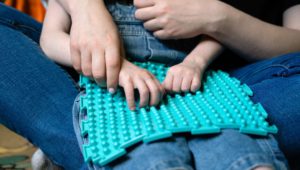
Assistive technology
Assistive technology refers to any device or software that helps students with learning disabilities overcome challenges in the classroom. For example, a student with dyslexia might benefit from using text-to-speech software to help them read, or a student with ADHD might use a distraction-blocking app to stay focused during class. There are many different types of assistive technology available, and educators need to understand their students’ needs and match them with the appropriate technology.
Positive reinforcement
Positive reinforcement is a technique that involves rewarding positive behaviour to encourage it to continue. This can be especially helpful for students with learning disabilities who may struggle with motivation or self-esteem. Positive reinforcement can take many forms, such as verbal praise, stickers, or small prizes. It’s important to note that the reward should be meaningful to the student and that the focus should be on progress, not perfection.
ALSO READ: Unraveling the Impact: Breaking the Cycle of Child Screen Addiction
Chunking
Chunking is a technique that involves breaking down complex information into smaller, more manageable pieces. This can be helpful for students with learning disabilities who may have difficulty processing large amounts of information at once. For example, a teacher might break down a long reading assignment into shorter sections or provide a visual outline of a complex topic. By chunking information, students can focus on one concept at a time, which can help them better retain the information.

Modelling
Modelling is a technique that involves demonstrating a desired behaviour or skill to a student. This can be helpful for students with learning disabilities who may struggle with abstract concepts or complex instructions. For example, a teacher might model how to solve a math problem or demonstrate how to write a persuasive essay. By providing a clear example, students can better understand what is expected of them and can apply the same approach to other tasks.
Accommodations
Accommodations are modifications or adjustments made to the learning environment to help students with learning disabilities succeed. For example, a student with dyslexia might benefit from having access to an audiobook or receiving extra time on assignments. Accommodations can also include changes to the physical environment, such as providing a quiet space for a student with ADHD to work. Accommodations are not a crutch, but rather a way to level the playing field for students with learning disabilities.
In conclusion, educators can assist kids with learning difficulties in a variety of ways. Only a few examples include multi-sensory training, assistive technology, positive reinforcement, chunking, modelling, and accommodations. Educators must comprehend the demands of their students and adjust their strategies accordingly. We can enable students with learning difficulties to reach their full potential by offering the right support and resources.
Also Read:- Tips to understand your child
Follow us on Facebook:- @laureatehighschool

